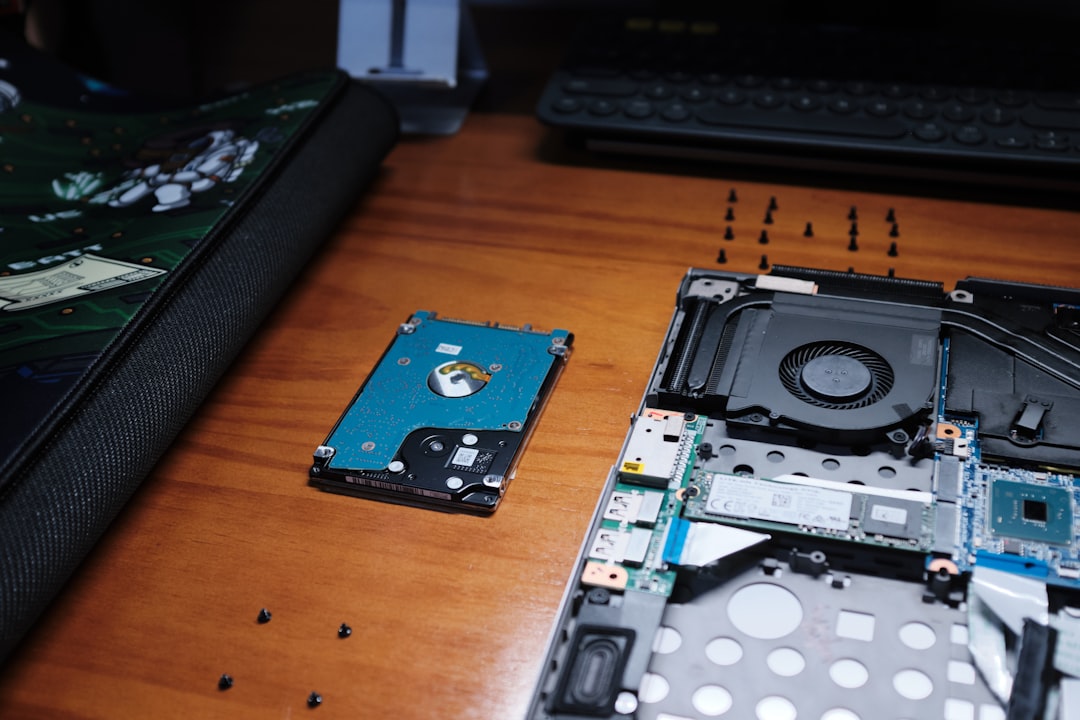Experiencing a fatal hardware error on a device can be an alarming and frustrating event, especially when important files, documents, and media are at stake. While such hardware-related failures might seem terminal, data recovery is often possible if the right steps are taken promptly and properly. Understanding the causes of such errors and the methods available to recover data is essential for both individuals and businesses aiming to minimize data loss.
What Causes a Fatal Hardware Error?
Fatal hardware errors typically occur when a core component of a device—such as a hard drive, SSD, motherboard, or power supply—fails completely and prevents normal operation. Some common triggers include:
- Physical damage: Accidental drops, water exposure, or impact can harm hardware components.
- Electrical surges: Power spikes can short-circuit internal parts.
- Wear and tear: Mechanical parts, like those in HDDs, can degrade over time.
- Manufacturing defects: Components may fail due to inherent faults.

Steps to Recover Data After a Fatal Hardware Error
Despite the severity of the situation, there are effective approaches to retrieve lost files. Here’s how data recovery specialists or tech-savvy users can handle it:
1. Stop Using the Device
If a hardware error is suspected, it’s important to power off the device immediately. Further use can exacerbate the damage and overwrite recoverable data.
2. Determine the Type of Failure
Identifying whether the problem is related to the storage device or another component helps establish the right recovery path. For example:
- If the screen doesn’t turn on, but you hear drive activity, the issue may be with the display, not the storage itself.
- If the device makes clicking noises, it could indicate a mechanical failure in the hard drive.
3. Remove the Storage Drive
In cases where the issue lies outside the storage medium (e.g., a dead motherboard), removing the drive and connecting it to another working machine via a USB adapter or docking station can make data accessible again.
4. Use Data Recovery Software
If the storage drive is recognizable by a different machine but data isn’t accessible, specialized software may help. Programs like:
- Recuva
- Stellar Data Recovery
- EaseUS Data Recovery Wizard
…can aid in recovering deleted or corrupted files. Be cautious and avoid installing programs directly on the affected drive to prevent overwriting data.
5. Contact a Professional Data Recovery Service
When drives are physically damaged or unresponsive, professional recovery services are the best option. These experts operate in cleanroom environments and use advanced tools to extract data from faulty hardware. Though often costly, the chances of successful recovery are significantly higher.

6. Back Up Recovered Data
Once data is recovered, it is critical to create a backup on a separate device or cloud storage. This prevents future losses and ensures better resilience going forward.
Preventive Measures
While it’s not always possible to predict hardware failures, proactive steps can reduce the odds and impact:
- Use surge protectors to guard against electrical overloads.
- Handle devices carefully to avoid physical damage.
- Schedule regular backups and system checks.
- Monitor the health of hardware components using tools like SMART analysis for drives.
FAQs
Q: Can I recover data from a completely dead hard drive?
A: Yes, in many cases data can be recovered using professional services that handle physical drive repairs and extraction in cleanroom environments.
Q: Is DIY data recovery software reliable?
A: DIY recovery software can be effective for logical errors or accidental deletion, as long as the device is not physically damaged.
Q: How expensive is professional data recovery?
A: Prices vary based on the severity of the damage and the type of data involved. It can range from $100 to several thousand dollars.
Q: What are signs that a hard drive is failing?
A: Warning signs include strange noises (clicking or grinding), frequent crashes, slow data access, and missing files.
Q: How can I avoid losing data in the future?
A: Regularly back up your data to multiple storage locations, keep your devices in good condition, and use protective hardware like UPS devices and cases.
Recovering data after a fatal hardware error is possible in many cases, but the key lies in quick action, the right tools, and sometimes professional assistance. Prevention, however, remains the best strategy against data loss.



